How will tokenization change the way you access, invest in, and use assets in 2025’s crypto market?
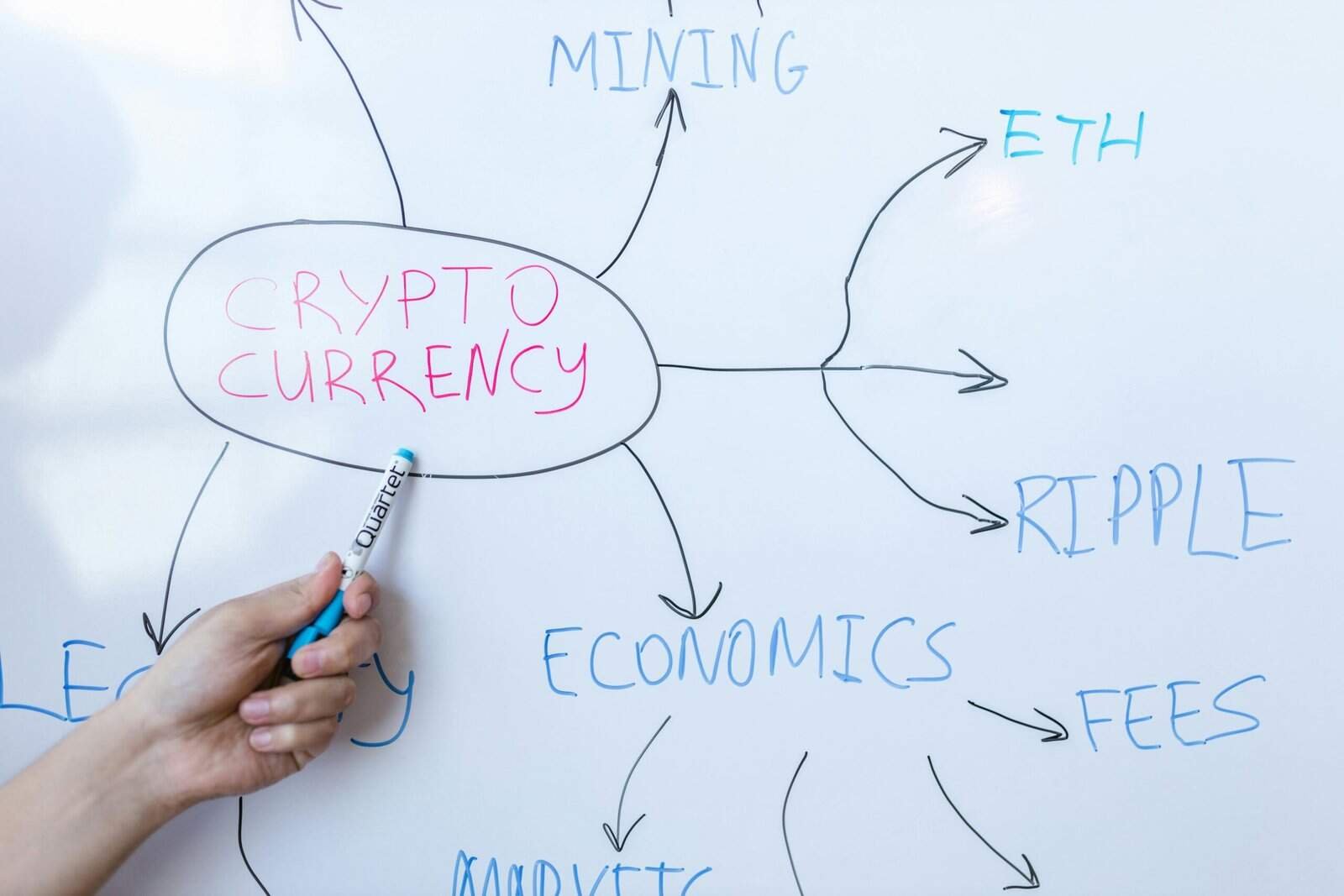
What Role Does Tokenization Play In 2025’s Crypto Market?
Tokenization is acting as a bridge between traditional assets and digital finance, and by 2025 it’s moving from niche experiments to practical, regulated implementations you can use. This section outlines the overall role tokenization plays: increasing accessibility, reshaping liquidity, and forcing a rethink of market structure.
A Quick Overview: What Is Tokenization?
Tokenization means converting rights to an asset into a digital token on a blockchain so you can hold, transfer, or transact those rights programmatically. You’ll see tokens that represent ownership, contractual claims, or usage rights — and they make assets more programmable, divisible, and trackable.
Why Tokenization Matters in 2025
By 2025, tokenization matters because you can access assets that were once costly or illiquid, such as private real estate, fine art, or private company equity. It changes how markets function by enabling fractional ownership, 24/7 markets, and programmable compliance, which all affect price discovery, liquidity, and participation.
How Tokenization Works: The Components You Need to Know
Tokenization combines legal frameworks, blockchain token standards, smart contracts, custody solutions, and compliance systems. You should understand how ownership is represented, how transfers are validated, and how legal rights map to on-chain tokens.
Legal Wrapper and Off-Chain Contracts
Tokens often rely on off-chain legal documents that define rights and remedies. Even if a token appears to be ownership on-chain, the legal agreement determines your enforceable rights. You’ll want clarity on contracts, dispute resolution, and jurisdiction.
Smart Contracts and Token Standards
Smart contracts automate token behavior: transfers, restrictions, distributions, and governance. Standards like ERC-20, ERC-721, and specialized securities token standards make tokens interoperable across wallets and marketplaces. Understanding which standard is used matters for functionality and compatibility.
Custody and Wallets
Custody solutions can be self-custody wallets, custodial services, or institutional-grade custody with governance. Your choice affects security, regulatory classification, and ease of use. For tokens that represent regulated securities, qualified custody often becomes mandatory.
Token Types You’ll Encounter
Tokenization has branched into several token types, each with distinct uses and regulatory considerations. You’ll often see multiple types in a single ecosystem.
Security Tokens
Security tokens represent financial assets like equity, debt, or revenue-sharing agreements. They’re usually subject to securities regulation and often require KYC/AML compliance for issuance and transfer. If you hold a security token, your rights are similar to holding traditional securities but with digital transferability.
Utility Tokens
Utility tokens give you access to a product or service rather than represent ownership. Regulation treats them differently based on their economic purpose and expectations of profit. You should evaluate whether a token’s utility is meaningful for your planned use.
Asset-Backed Tokens (Real-World Asset Tokens)
These tokens are backed by physical or financial assets — real estate, commodities, art, or funds. You can gain fractional exposure to high-value assets without buying the whole item. Verify how the underlying asset is stored, insured, and legally tied to the token.
Non-Fungible Tokens (NFTs)
NFTs represent unique items and are useful for provenance, digital collectibles, and tokenized ownership of single assets (e.g., a painting or a specific property unit). In 2025, NFTs are increasingly used in structured products and fractional ownership.
Key Benefits of Tokenization You’ll Experience
Tokenization brings concrete advantages that impact your participation in markets and your investment toolkit.
- Liquidity: Fractionalization and marketplaces enable easier entry and exit for historically illiquid assets.
- Accessibility: You can access global assets without intermediaries, often with lower minimums.
- Efficiency: Automation via smart contracts reduces administrative costs and speeds transactions.
- Transparency: On-chain records improve auditability, though off-chain legal frameworks still matter.
- Programmability: You can build conditional rules for transfers, revenue distribution, and governance into the token.
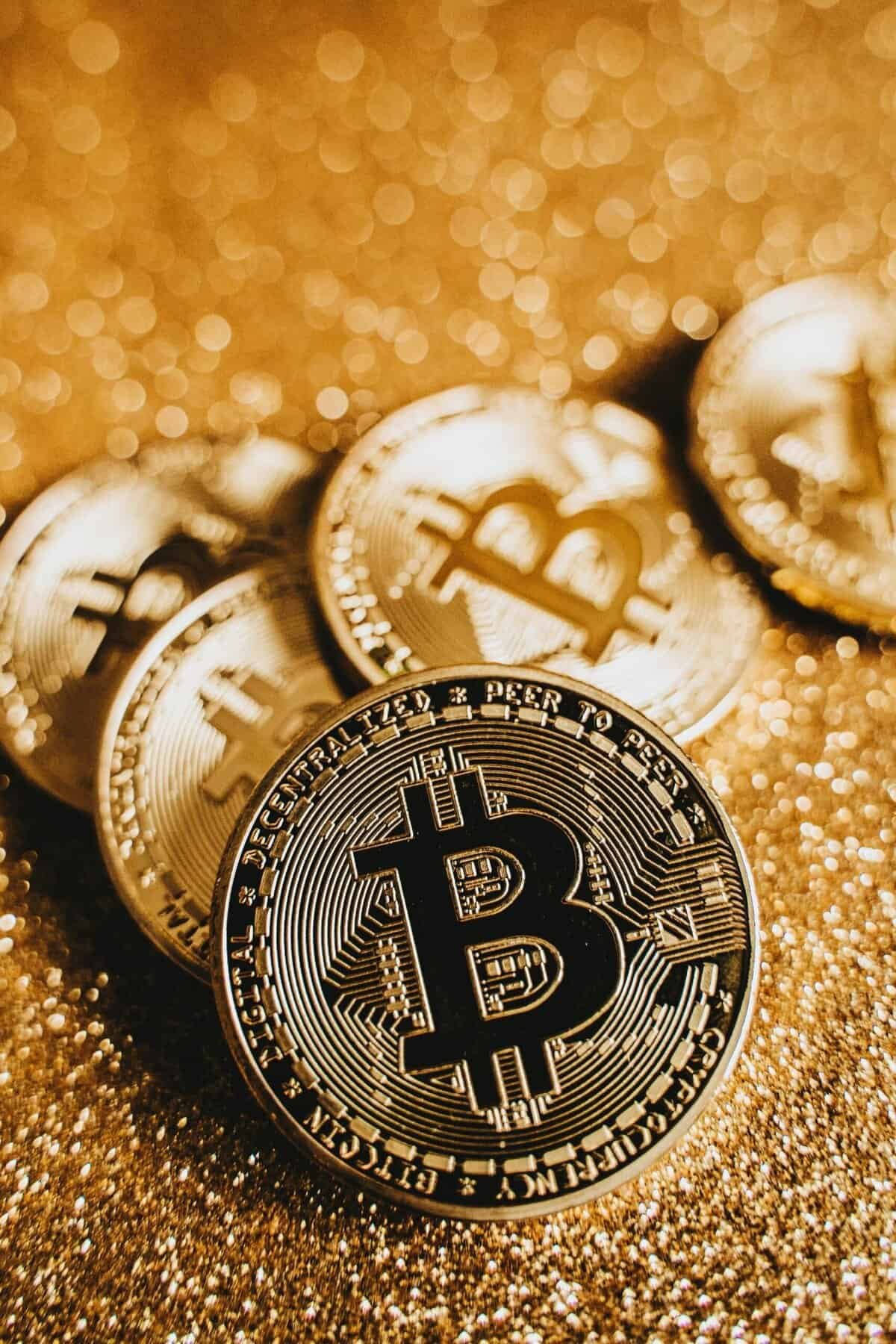
Practical Use Cases Where You’ll See Tokenization in 2025
Tokenization isn’t theoretical — it’s being applied in many sectors where you’ll likely interact with tokenized assets.
Real Estate
You can buy fractional shares of commercial or residential properties, receive proportional rental income, and trade your stake on secondary markets. Tokenization reduces the barriers to real estate investing and increases portfolio diversification.
Private Equity and Venture Capital
Instead of long lock-ups and complex transfer rules, tokenized shares can enable faster secondary trades and better price discovery. You’ll gain earlier liquidity, but legal frameworks determine transferability.
Commodities and Precious Metals
Tokenized commodities let you hold fractional ownership of a physical asset (gold, oil, grain) with verifiable storage and custody. This reduces counterparty risk and can facilitate algorithmic trading.
Art and Collectibles
You can own fractions of high-value artworks or collectibles through tokenized shares, making the market more accessible while maintaining provenance on-chain.
Financial Instruments and Debt
Invoices, receivables, and debt instruments can be tokenized to create tradable short-term assets. You’ll see this in supply chain finance and treasury operations.
Carbon Credits and Sustainability Assets
Tokenization improves traceability and trading of carbon credits, making it easier for you to buy, sell, and audit environmental assets.
Token Standards and What They Mean for You
Different token standards give tokens different behaviors. Choose platforms and tokens that follow standards compatible with your use case and custody preferences.
| Token Standard | Typical Use | Key Characteristics |
|---|---|---|
| ERC-20 (fungible) | Cryptocurrencies, utility tokens | Transferability, broad wallet/exchange support |
| ERC-721 (non-fungible) | Unique assets, NFTs | Distinct token IDs, ownership of unique items |
| ERC-1155 (multi-token) | Mixed fungible and non-fungible | Efficient batch transfers, gaming and collectibles |
| ERC-1400 / ERC-3643 | Security tokens | Built-in compliance hooks, transfer restrictions |
| Tokenization-specific (e.g., R-Token) | Regulated asset tokens | Legal metadata, compliance automation |
Market Structure and Infrastructure in 2025
The infrastructure that supports tokenization has matured: regulated trading platforms, institutional custody, oracle solutions, and interoperable blockchains. This helps you transact with lower counterparty risk and better legal certainty.
Exchanges and Liquidity Pools
You’ll find both centralized and decentralized exchanges listing tokenized assets. Automated market makers (AMMs) and order-book platforms coexist, each with trade-offs between liquidity and price discovery.
Custodial Services and Institutional Custody
Institutional custodians provide regulated storage, insurance, and integration with existing financial systems. If you prefer professional custody, you’ll find services designed specifically for tokenized securities.
Oracles and Data Feeds
Oracles feed trusted off-chain information (price feeds, property appraisals, KYC status) into smart contracts. You should evaluate the oracle’s reliability and governance, because many automated functions depend on accurate feeds.
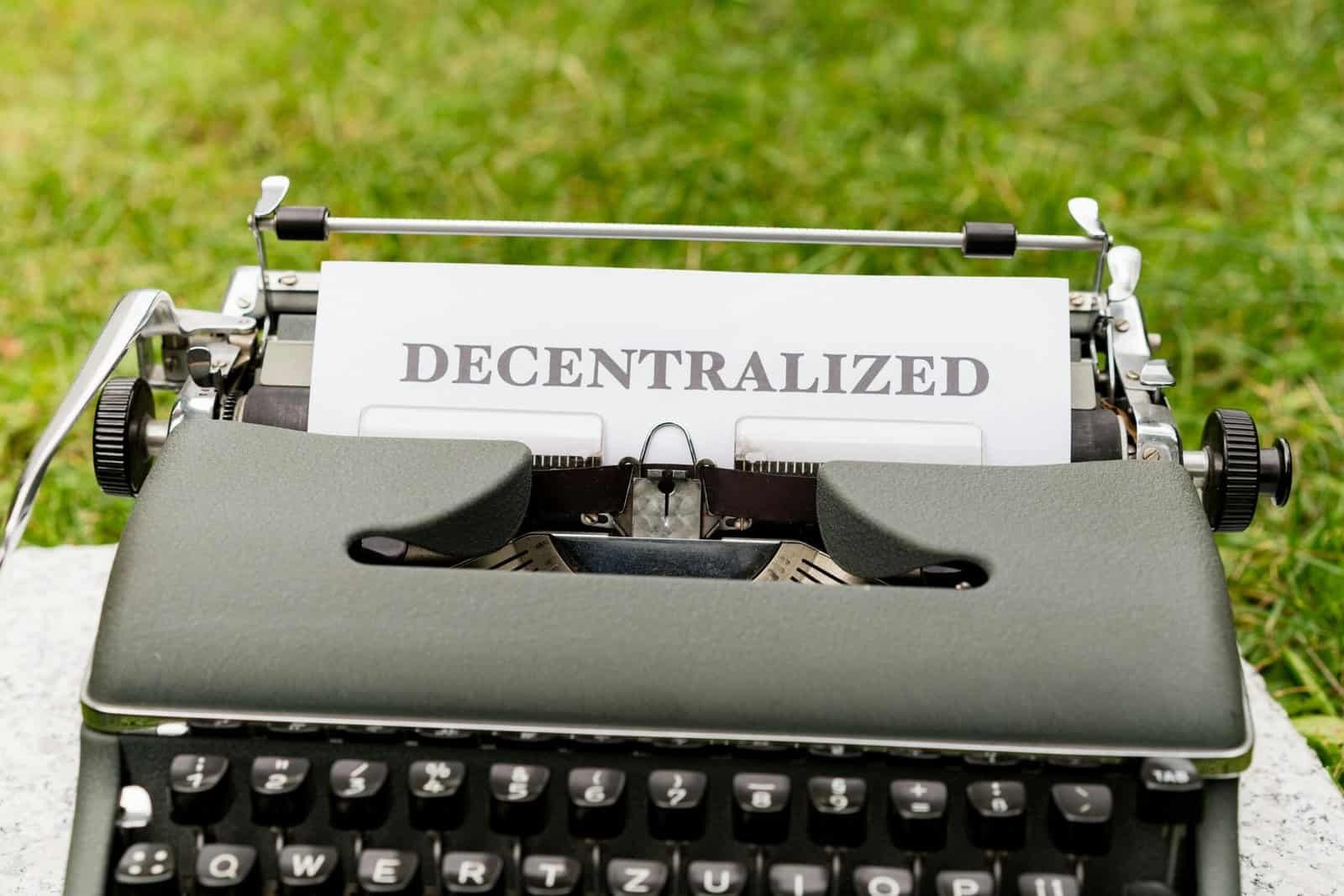
Regulatory Landscape: What You Need to Know by Jurisdiction
Regulation is the single biggest driver of tokenization’s adoption. In 2025 you’ll see clearer rules in several jurisdictions, but they vary. Understand the regulatory status where the token is issued and where you reside.
| Jurisdiction | 2025 Status | What It Means for You |
|---|---|---|
| United States | Gradual clarification; securities regulators active | Many tokenized assets considered securities; platforms require registration or exemptions |
| European Union | Markets in Crypto-Assets (MiCA) + national laws | Better clarity for stablecoins and some tokens; securities regulation still applies |
| Singapore | Proactive, licensing via MAS | Clear frameworks for digital asset services and tokenization with sandbox pathways |
| Switzerland | Token laws and FINMA guidance | Favorable regime for asset tokenization and custody, with established token labels |
| UAE (e.g., ADGM, DIFC) | Regulatory-friendly zones | Licensing regimes for tokenized assets, attractive to issuers and custodians |
Risks and Challenges You Have to Consider
Tokenization introduces new efficiencies but also new and amplified risks. You should assess technical, legal, and market risks before engaging.
Regulatory and Legal Risks
Regulators may classify tokens as securities, consumer products, or commodities, affecting issuance and trading. Compliance failures can lead to freezes, fines, or invalidation of on-chain claims.
Custody and Security Risks
If keys or custody systems fail, assets can be lost. Smart contract bugs and custody provider solvency are real risks that you must mitigate with audits and diversified custody strategies.
Interoperability and Fragmentation
Different blockchains and standards can trap liquidity and create operational friction. You’ll need cross-chain bridges, standards that support compliance, or centralized solutions to reconcile fragmentation.
Market and Liquidity Risks
Fractionalization can increase liquidity but also increase volatility and speculative behavior. Thin secondary markets may not provide the liquidity you expect, especially for niche tokens.
Governance and Control Risks
Who controls upgrades, governance tokens, or dispute resolution mechanisms matters. Poor governance can lead to forks, disputes, or value destruction.
Due Diligence: How You Should Evaluate Tokenized Assets
Before you invest or issue tokens, perform rigorous due diligence that covers legal documentation, on-chain audit, counterparty reputation, and custody arrangements.
- Verify the legal wrapper and jurisdiction.
- Read the token’s smart contract audit reports.
- Check the custody provider’s licensing and insurance.
- Evaluate the marketplace or exchange listing conditions.
- Confirm compliance processes: AML/KYC and transfer restrictions.
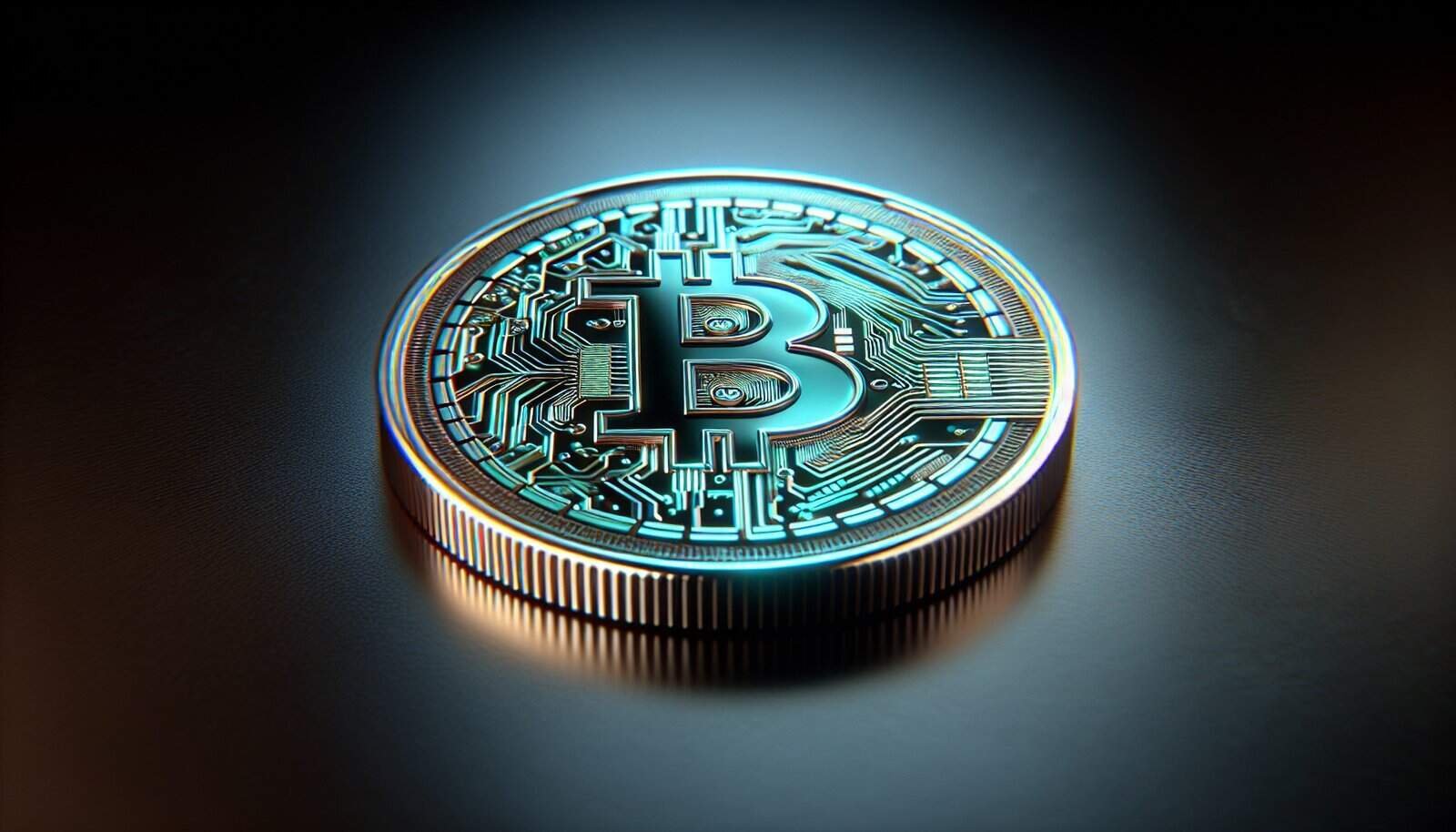
Practical Steps for Issuers: How You Might Tokenize an Asset
If you consider issuing a token, a structured approach reduces risk and speeds adoption.
Step-by-Step Checklist for Issuers
- Define the economic rights the token represents and draft legal agreements.
- Choose jurisdiction and regulatory pathway (registration, exemption, or license).
- Select token standard and blockchain based on functionality and audience.
- Implement KYC/AML processes and onboarding systems.
- Audit smart contracts and perform security testing.
- Secure custody arrangements and insurance.
- List on compliant marketplaces or exchanges.
- Provide clear investor materials and continuous reporting.
Technology Choices: Public vs Permissioned Blockchains
Your choice between public and permissioned blockchains influences compliance, privacy, and performance. Public chains offer network effects and liquidity; permissioned chains deliver controlled governance and privacy for institutions.
Public Chains
You’ll benefit from broad liquidity and open tooling, but you must manage regulatory compliance through on-chain restrictions and off-chain legal wrappers.
Permissioned Chains
These give you governance control and privacy, which may be preferred for securities, but they can limit secondary market liquidity and require centralized trust.
How DeFi and Traditional Finance Are Converging Around Tokens
By 2025, DeFi primitives are increasingly integrated with tokenized assets, providing new custody, lending, and collateralization pathways. You’ll see tokenized assets used as collateral in lending protocols and as the underlying for decentralized funds, but regulatory oversight may limit the pace and scope of integration.
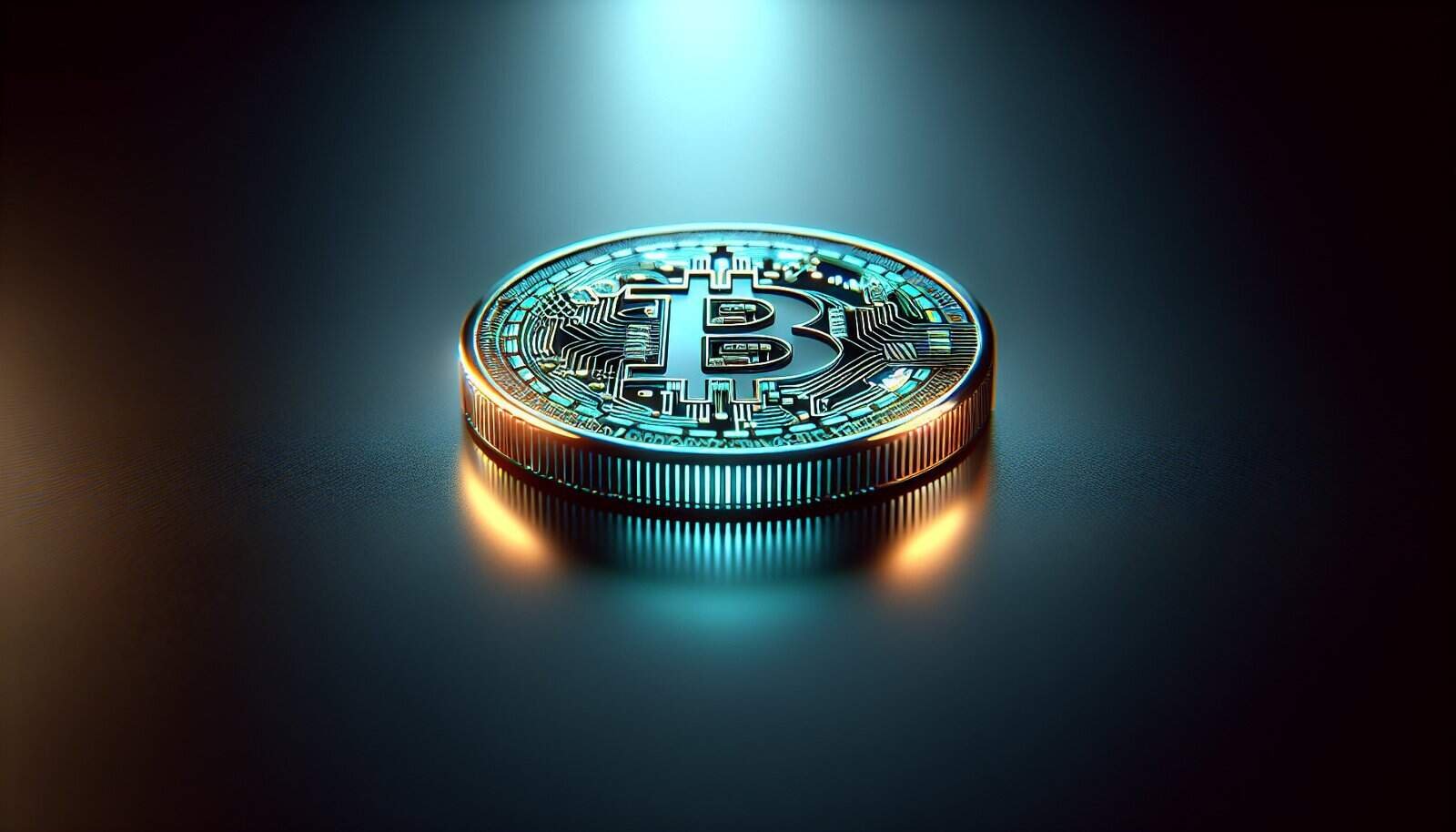
Economic Effects: Liquidity, Price Discovery, and Market Depth
Tokenization affects macro and microeconomic properties of markets. Fractional ownership expands investor pools, which can enhance price discovery but also amplify short-term speculation. You should expect improved market depth for some assets but fragmentation for others.
Case Studies: Real Projects and What You Can Learn
Examining real tokenization projects helps you see practical implementation patterns and pitfalls. Here are illustrative examples you can learn from (non-exhaustive and non-promotional):
- Real estate platforms that fractionalized property ownership and established regular distributions.
- Tokenized funds that created continuous issuance and redemptions through smart contracts.
- Commodities projects that linked token supply to audited physical reserves with proof-of-custody.
Each case teaches you to prioritize legal clarity, custody, and marketplace access.
Comparing Token Standards: Quick Reference Table
This table helps you see functional differences at a glance so you can align token behavior with purpose.
| Feature | ERC-20 | ERC-721 | ERC-1155 | ERC-1400 |
|---|---|---|---|---|
| Fungibility | Yes | No | Both | Yes (with compliance) |
| Batch Transfers | Limited | Limited | Excellent | Varies |
| Compliance Hooks | Low | Low | Low | High |
| Ideal For | Tokens, stablecoins | Unique assets | Games, mixed assets | Security tokens |
Advantages vs Risks: Decision Matrix
Balance benefits and risks when deciding whether to participate or issue tokenized assets.
| Advantage | What It Enables | Key Risk |
|---|---|---|
| Fractional ownership | Lower entry barriers, diversification | Liquidity might be illusory |
| Programmability | Automated distributions and restrictions | Smart contract bugs |
| 24/7 markets | Continuous pricing and trading | Increased volatility |
| Traceability | Better auditing and provenance | Privacy concerns |
| Global access | Broader investor pool | Cross-border regulatory complexity |
Tax and Accounting Considerations for You
Tokenization can complicate tax reporting and accounting. You will need clarity on when tokens constitute property, income, or securities. Work with tax advisors familiar with digital assets and maintain clear records of transfers, distributions, and valuations.
How Institutions Are Using Tokenization in 2025
Institutions use tokenization for balance sheet management, fractionalizing holdings, and programmatic compliance. You may encounter tokenized asset offerings through regulated custodians, tokenized ETFs, or private markets with driven institutional liquidity.
What You Should Watch in Regulation and Standards
Keep an eye on regulatory updates, standardized token templates for securities, and industry-wide custody norms. Emerging frameworks that standardize legal metadata and compliance hooks will reduce friction and make it easier for you to transact legally and safely.
Interoperability Solutions You’ll Likely Use
Cross-chain bridges, wrapped tokens, and standardized communication protocols help move tokens between ecosystems. Evaluate bridge security and decentralization; cross-chain incidents remain a major source of risk.
Security Best Practices for You
Protect yourself by using hardware wallets for private keys, choosing reputable custodians, diversifying custody, checking audit reports, and only interacting with well-vetted smart contracts. If you’re an issuer, undergo professional audits and adopt bug bounty programs.
Practical Tips for Investors
- Start with small allocations as you learn market behavior.
- Demand transparent legal documentation and custody solutions.
- Prefer regulated marketplaces for security tokens.
- Understand redemption mechanics; secondary market liquidity varies.
- Consider counterparty and jurisdictional risks.
Future Outlook: Scenarios for 2025 and Beyond
Tokenization’s momentum in 2025 could follow several plausible paths. You should prepare for a range of outcomes.
Scenario 1: Mainstream Integration
Regulatory clarity and infrastructure improvements lead to broad adoption by institutions and retail investors. You’ll see deep secondary markets for tokenized real estate, funds, and new financial instruments.
Scenario 2: Regulated Niche Growth
Tokenization grows in regulated niches like private markets, real estate, and wholesale finance, but not necessarily in retail-facing high-frequency trading. You’ll access tokenized assets primarily through regulated institutions.
Scenario 3: Regulatory Tightening
A stricter regulatory environment limits certain token types, especially those that resemble securities, slowing innovation. You might face barriers to cross-border trading and higher compliance costs.
Checklist: How You Can Get Started Safely in Tokenized Markets
- Verify legal status and documentation for any tokenized asset.
- Use custodians with regulatory licenses and insurance.
- Read smart contract audits and understand the upgrade procedures.
- Ensure transparent redemption and distribution mechanics.
- Keep tax and legal counsel involved before significant investments.
Final Thoughts: What This Means for You
Tokenization in 2025 provides you with more tools to access assets, diversify portfolios, and interact with financial services in programmable ways. However, it also requires careful assessment of legal wrappers, custody, and market structure. By being skeptical, informed, and cautious, you can take advantage of tokenization’s benefits while managing its unique risks.
If you want, I can:
- Help you evaluate a specific token offering or whitepaper.
- Create a checklist tailored to your jurisdiction and asset type.
- Summarize regulatory guidance for a specific country or exchange.
Which of these would you find most helpful next?
